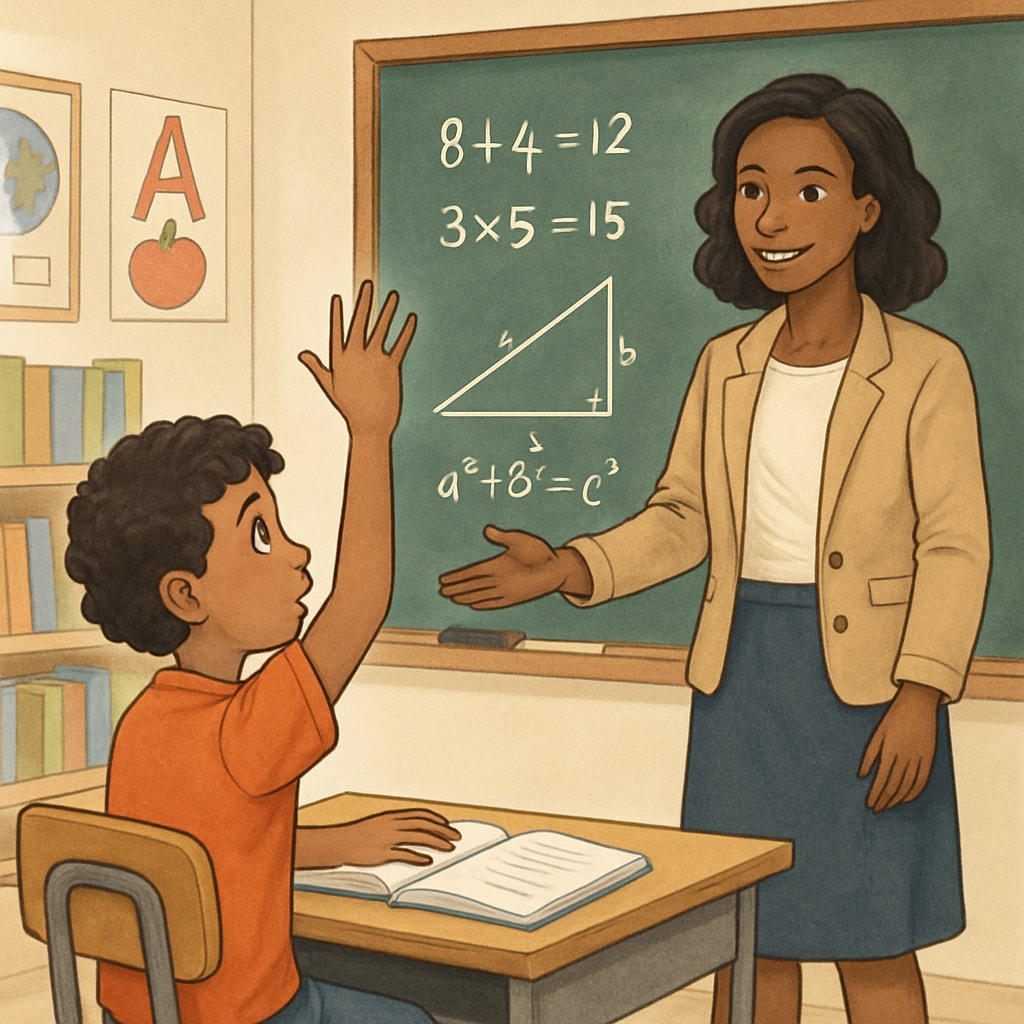When children question the purpose of math education, it can be a pivotal moment in shaping their learning motivation and future outlook. “Why do I need to learn math?” might seem like a simple question, but how parents and educators respond can either ignite curiosity or reinforce resistance. This article explores three effective strategies for addressing this common challenge, shifting the narrative from “forced learning” to “active exploration.”
Why Children Ask “Why Learn Math?”
Children’s inquiries about math often stem from a genuine desire to connect their academic learning with real-world relevance. For many, math feels abstract and unrelated to their daily lives. Without clear answers, they may perceive it as an arbitrary subject, leading to reduced engagement. To address this, we need to consider not only what we say but how we say it, as our response can significantly influence their attitude toward learning.

Three Strategies to Inspire Math Enthusiasm
To effectively answer the question, “Why learn math?” parents and educators can rely on three key approaches: contextual relevance, skill-based explanations, and fostering curiosity.
1. Highlight Practical Applications
One of the most direct ways to respond is by connecting math to everyday life. Explain how math is used in budgeting, cooking, construction, or even playing sports. For example: “Math helps us calculate how much money we need to save for a new video game or how many cookies we can make with a recipe.” These examples make math relatable and tangible.
2. Emphasize Skill Development
Beyond practical uses, math builds critical thinking and problem-solving skills. Share how math trains the brain to analyze, reason logically, and make better decisions. For instance, you might say, “Math helps you think critically, which is important for solving puzzles, coding video games, or even planning a road trip.”
3. Cultivate a Sense of Wonder
Foster an environment where math is seen as a tool for exploration rather than obligation. Share interesting mathematical concepts like the Fibonacci sequence in nature or how architects use geometry to create stunning buildings. By introducing math as a gateway to discovery, you can transform resistance into curiosity.
Effective Educational Communication
How you communicate your message is just as important as the message itself. Use positive language, avoid criticism, and encourage dialogue. For instance, instead of saying, “You have to learn math because it’s important,” try, “Let’s explore how math helps us understand the world around us.”
Visual aids and hands-on activities can also enhance understanding. Websites like Khan Academy offer free resources to make math engaging and interactive. Additionally, games and puzzles can turn abstract concepts into enjoyable challenges.

Transforming “Why Learn Math?” into Lifelong Curiosity
Ultimately, the goal is to help children see math as more than a subject—they should view it as a powerful tool for understanding the world. By connecting math to real-world applications, emphasizing the value of problem-solving skills, and fostering curiosity, you can help your child appreciate the beauty of mathematics. In doing so, you’re not just answering their question—you’re laying the foundation for a lifetime of learning and exploration.
Next time your child asks, “Why learn math?” take it as an opportunity to inspire their curiosity and broaden their perspective. With the right approach, you can transform this question into a moment of discovery and growth.
Readability guidance: Use short paragraphs, relatable examples, and conversational tones to maintain engagement. Incorporate lists to summarize takeaways and ensure smooth transitions with words like “however,” “for example,” and “as a result.”


